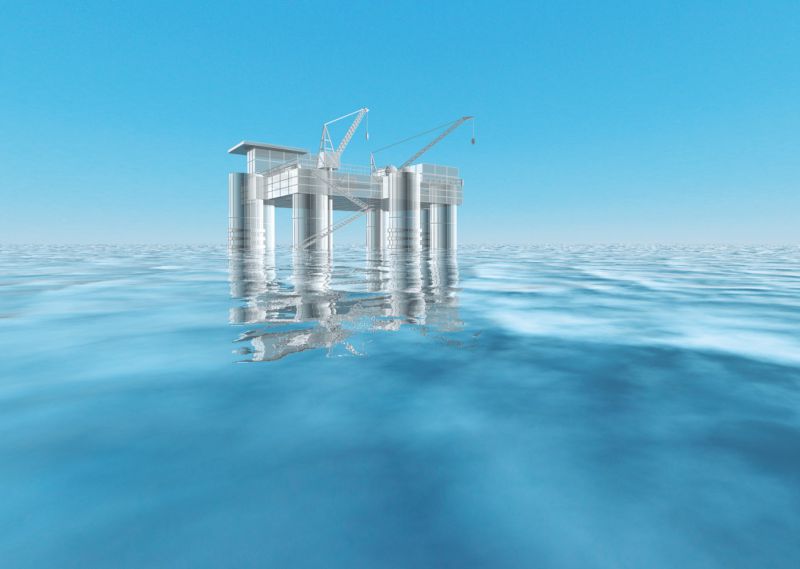India is geographically well-placed to generate ocean thermal energy, with around 2000 kms of coast length along the South Indian coast, where a temperature difference of above 20OC is available throughout the year.
September 22, 2016
 India’s maiden Ocean Thermal Energy Conversion (OTEC) project is coming up in Kavaratti, capital of the Lakshadweep archipelago, off the south-western coast after almost three and a half decades of initial plans.
India’s maiden Ocean Thermal Energy Conversion (OTEC) project is coming up in Kavaratti, capital of the Lakshadweep archipelago, off the south-western coast after almost three and a half decades of initial plans.
India had planned to set up an OTEC plant way back in 1980, off the Tamil Nadu coast, but with the foreign vendor closing down its operation, it had to be abandoned, until a new vision to develop India’s vast coastal resources was drawn up. Chennai-based National Institute of Ocean Technology (NIOT), under the Earth Sciences Ministry has now developed expertise in design, assembly and deployment of deep sea pipelines, reviving India’s hopes to explore Ocean Thermal Energy.
“The current OTEC project is being set up to power a desalination plant. The power expected to be generated is under 200 kW. It is in the design phase currently and is likely to be commissioned early 2019,” Dr. Purnima Jalihal, Scientist at NIOT, Chennai, told the Indian Science Journal.
India is geographically well-placed to generate ocean thermal energy, with around 2000 kms of coast length along the South Indian coast, where a temperature difference of above 20OC is available throughout the year. That means, about 1.5×106 square kilometres of tropical water in the Exclusive Economic Zone around India with a power density of 0.2 MW/km2.
The total OTEC potential around India is estimated as 180,000 MW, considering 40% of gross power for parasitic losses. However, the cost estimates of ocean energy as against conventional energy is still being worked out, as the country is still in a nascent stage of development of the technology and start generation.





